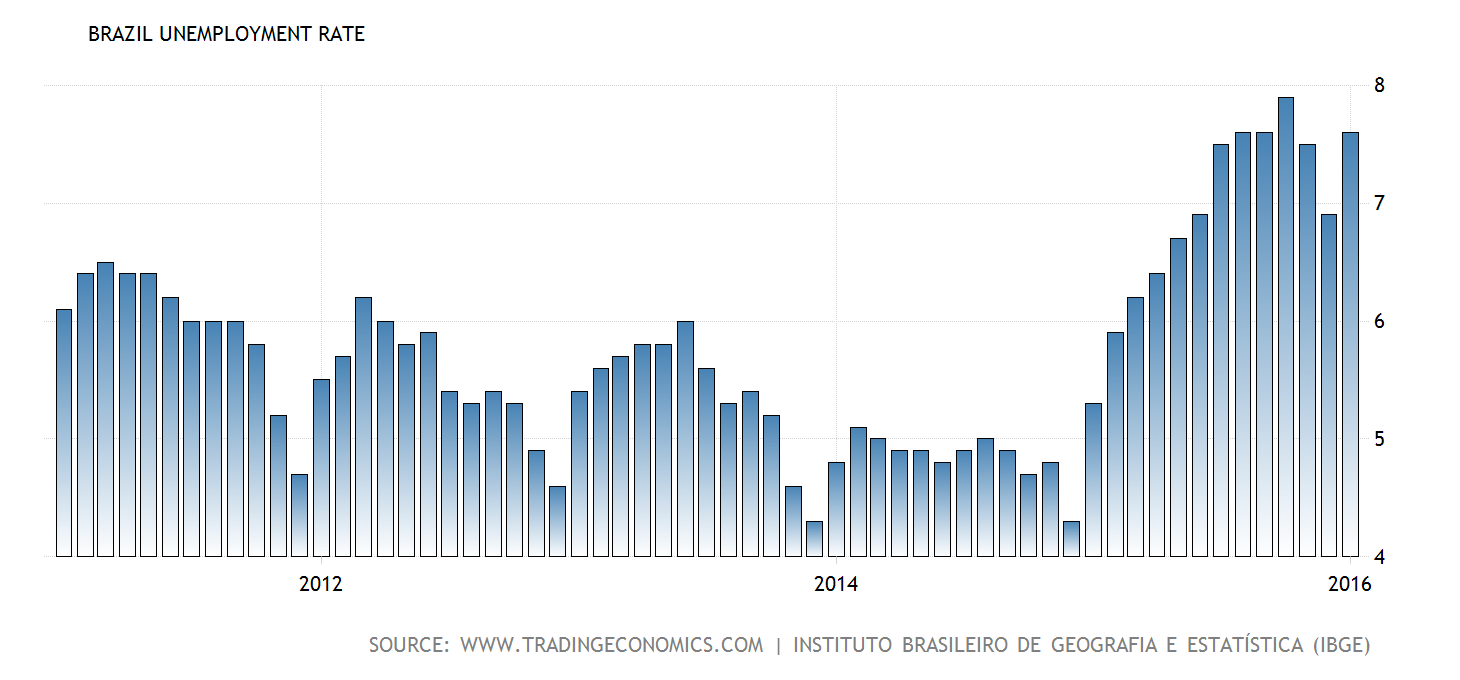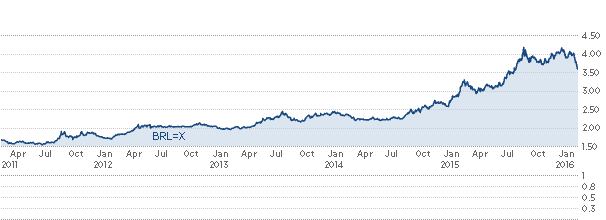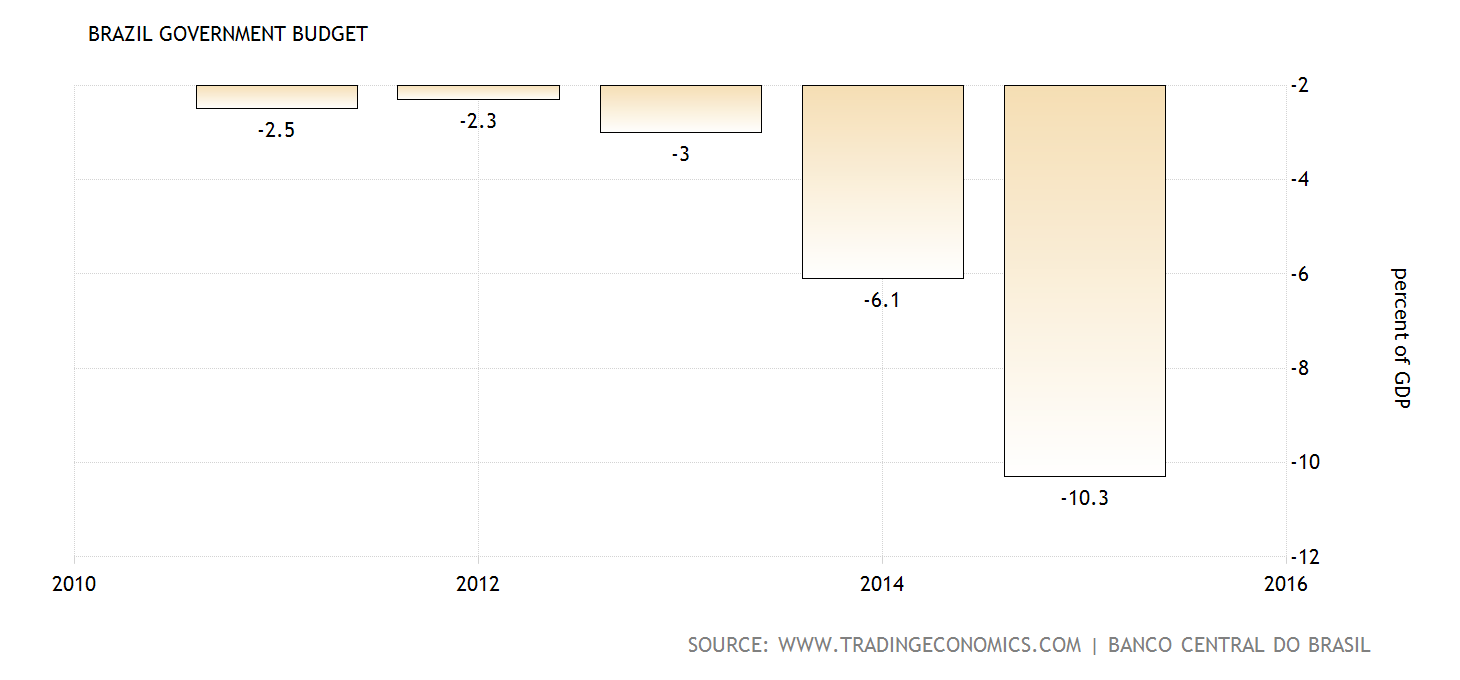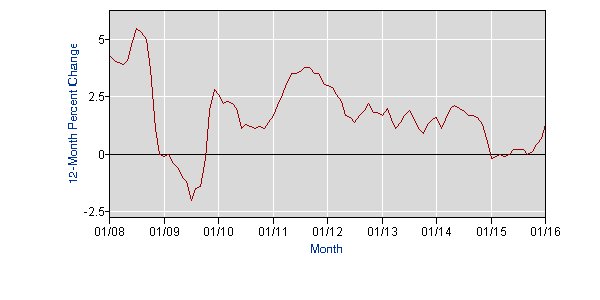In 1958, economist William Phillips claimed there was a historical inverse relationship between the rate of unemployment and the corresponding rate of inflation. His conclusion was that full employment (whatever that means) was inflationary. He illustrated his claim through a chart referred to as the Phillips Curve.
The 1970’s stagflation outbreak in the U.S, which featured high unemployment coupled with inflation, dispelled Phillip’s broad correlation between those two conditions. This led many Keynesian economists to embrace a new, yet even more fatuous model called NAIRU, or the non-accelerating inflation rate of unemployment. This theory argued that the relationship between unemployment and inflation only presents itself when unemployment falls below its natural rate.
However, NAIRU provided little guidance as to what level of employment propels an economy into the hypothetical inflation vortex. Despite the fact this specious model has never been borne out in actual historical data, it remains peculiarly ingrained in the psyche of all modern-day central bankers.
But the truth is that inflation has nothing to do with how many people are employed. Inflation is solely the market’s reaction to a lack of confidence in the purchasing power of a nation’s currency.
NAIRU and the Phillips Curve are merely Keynesian red herrings used to convince the citizenry that central banks are not the primary culprits behind the growing trenchant wealth gap and the constant erosion in living standards of the middle class. To prove the point that inflation isn’t the product of too many people working we can view the current inflation battle in Brazil.

Since 2014,Brazil’s inflation has jumped from about 6%, to over 10%. If the Phillips Curve were correct, we would expect that unemployment in Brazil had plummeted during this same time-period; and that the inflation Brazils is experiencing is a byproduct of all the new paychecks entering the economy. However, this is not the case; since 2014 the unemployment rate has nearly doubled, going from a little over 4%, to almost 8%

It is evident the newly employed are not the cause of rising inflation in Brazil. Rather, inflation has come—as it always does--through an erosion in the market’s valuation of a fiat currency’s purchasing power.In 2014,it took two Brazilian real to buy one US dollar, today it takes nearly four real to buy one US dollar.

The decline in the real is more likely a result of the market’s reaction to Brazil’s economic mess: credit-rating agencies have downgraded Brazil’s debt to junk status. Joaquim Levy, the finance minister, appointed to stabilize the public finances, quit in December of 2015 after less than a year in the job. Brazil’s economy is predicted to shrink by 2.5-3% in 2016. Brazil’s governing coalition has been plagued by scandals including bribery surrounding Petroleo Brasileiro SA (SA:PETR3), a state-controlled oil company, and the president is facing impeachment proceedings in Congress. Add overspend on the upcoming Olympic Games to this mess and it’s easy to see why Brazil’s budget deficit has ballooned over the past few years.

There it is once again. The same dynamic has proven itself throughout economic history: growth comes from productivity and a thriving labor force, which is a good thing that does not lead to inflation. And just as high unemployment does not lead to low inflation, low unemployment does not lead to a rise in inflation. To illustrate this we can look at the United States, where the unemployment and inflation rate have been moving in tandem.
US Unemployment Rate

Consumer Price Inflation

Economic history is replete with such examples that prove the Phillips curve is a specious theory that should be suffering from rigor mortis. Brazil is just the latest case study. The truth is a dangerous bought with Inflation has never, will never, and can never be the product of prosperity. Inflation is all about debt that becomes intractable, which forces the central bank into perpetual debt monetization and an expanding money supply. Sadly, this is where we are headed in China, Japan, Europe and the U.S.
